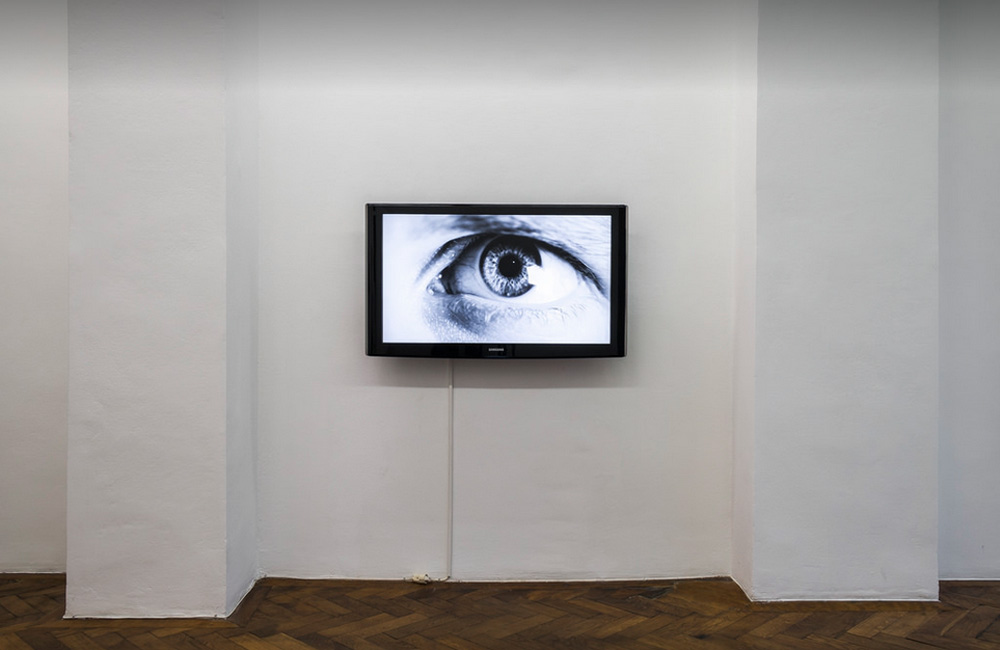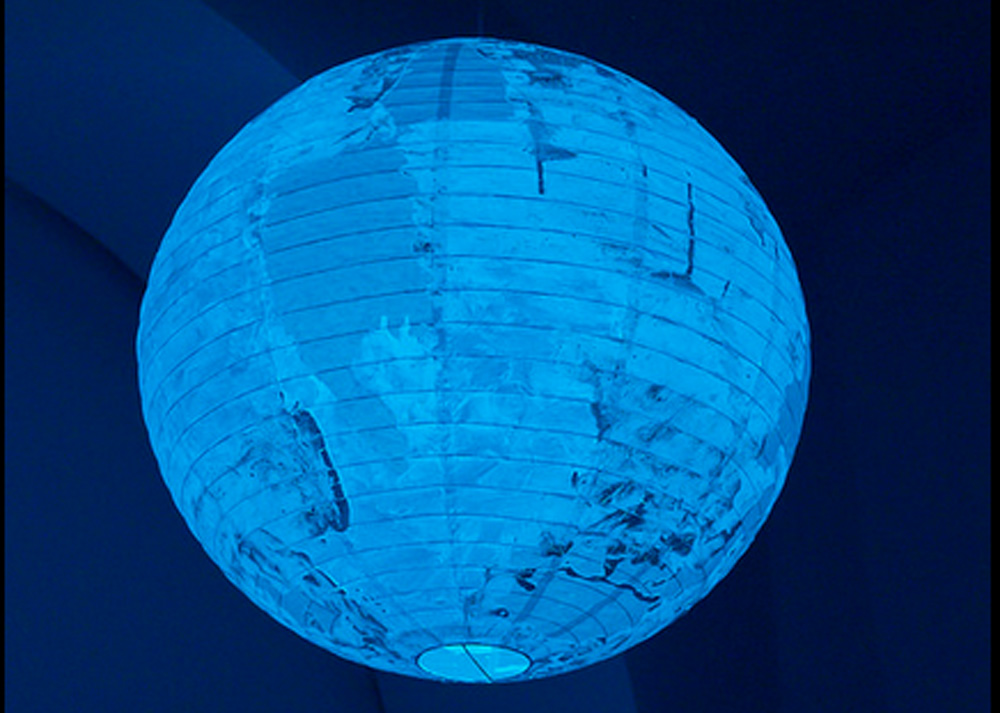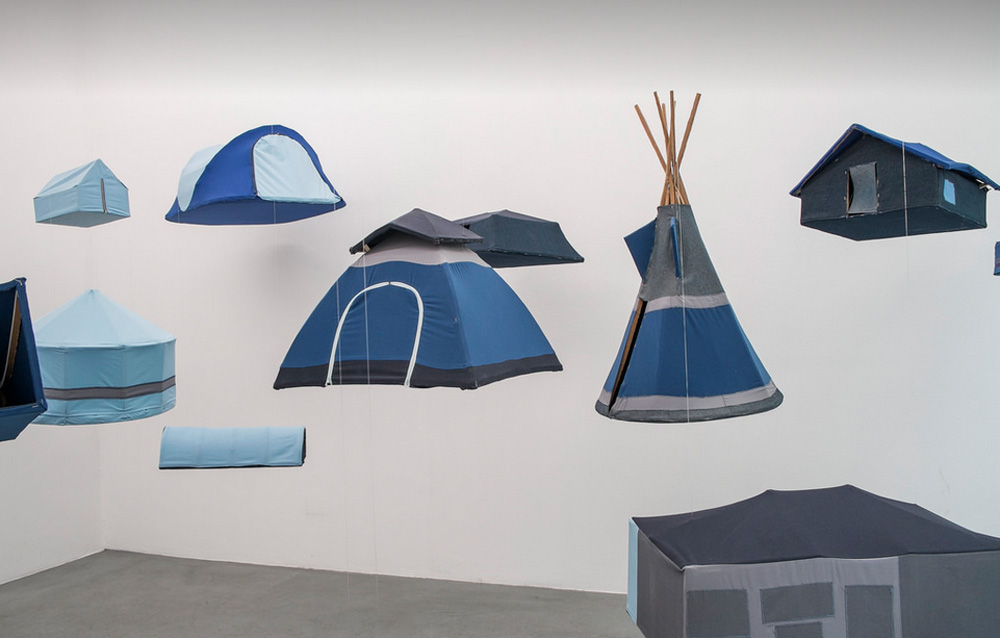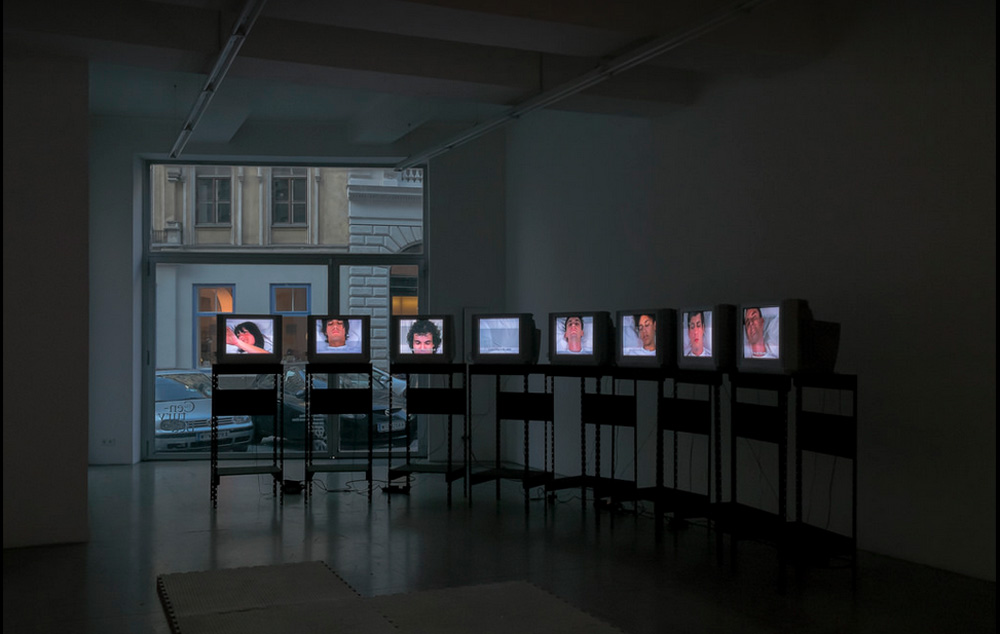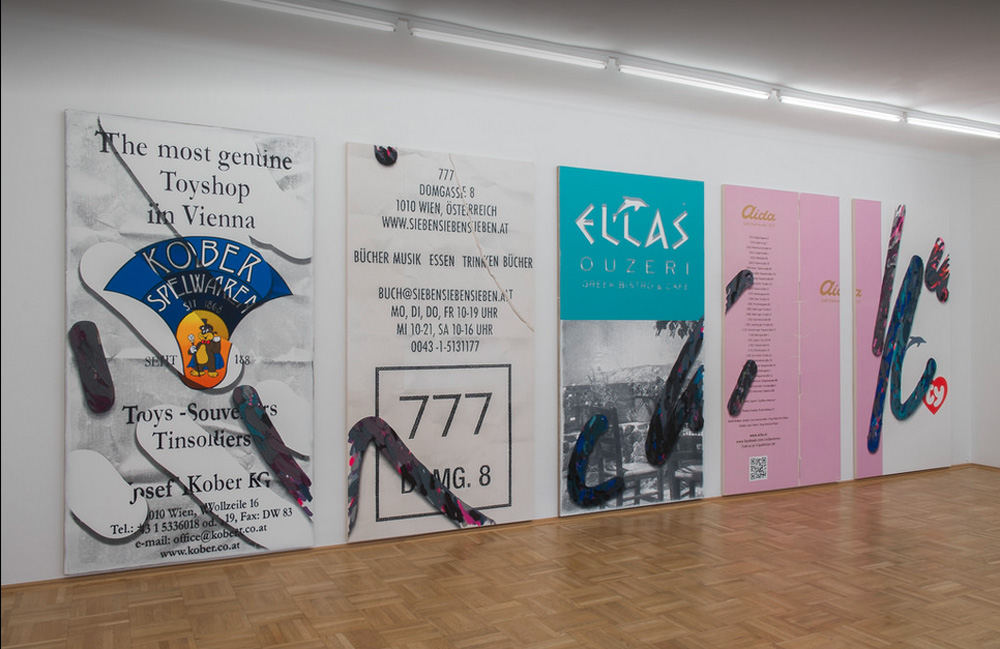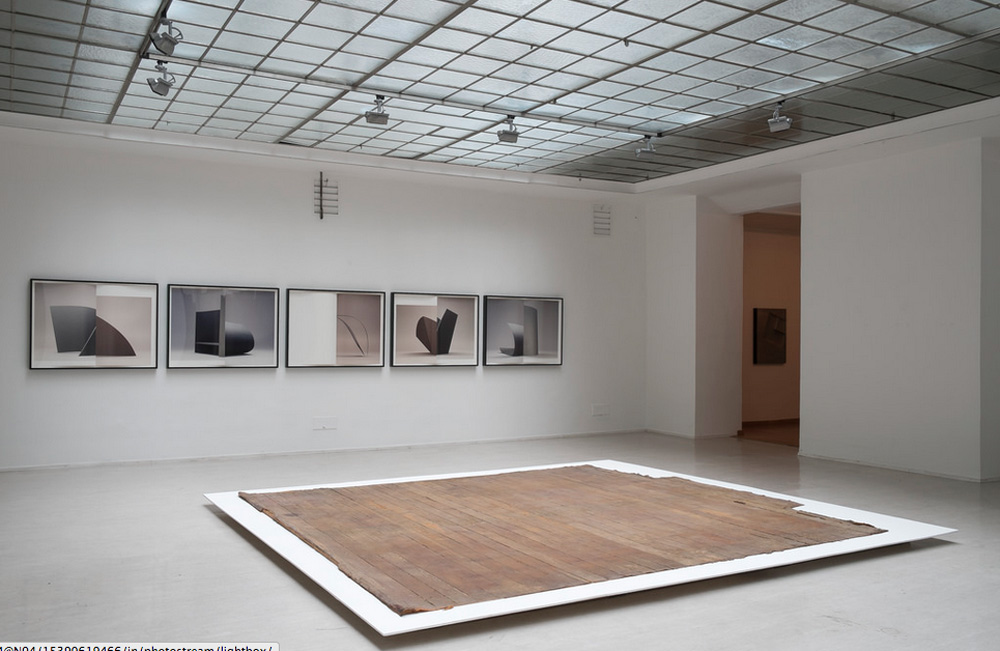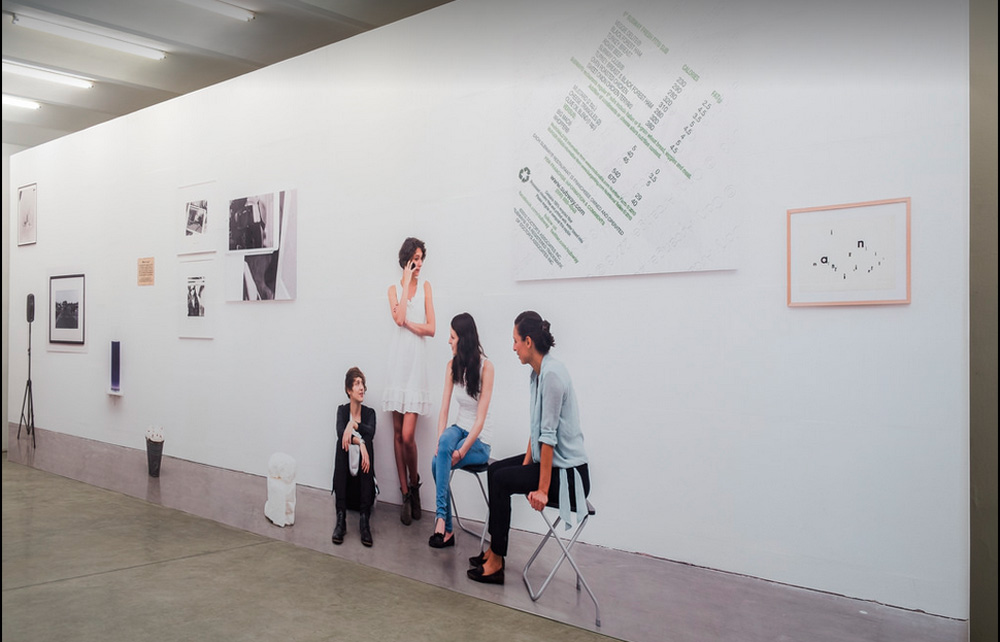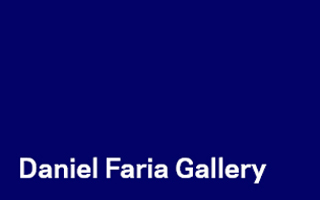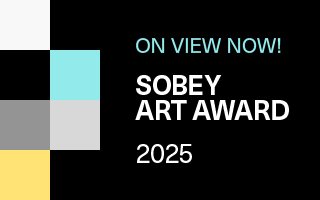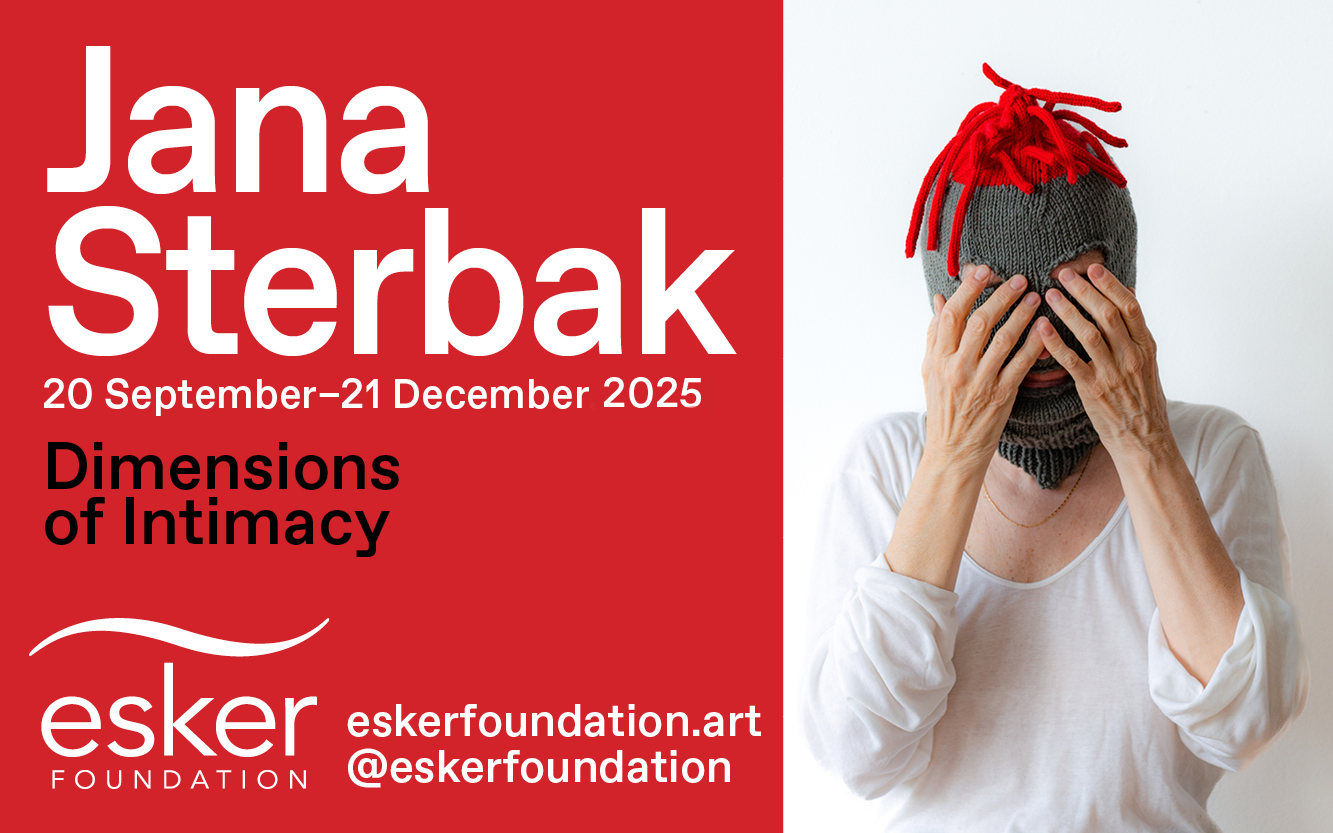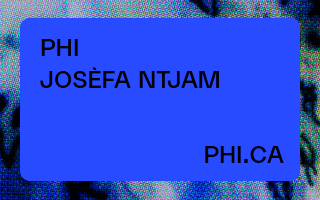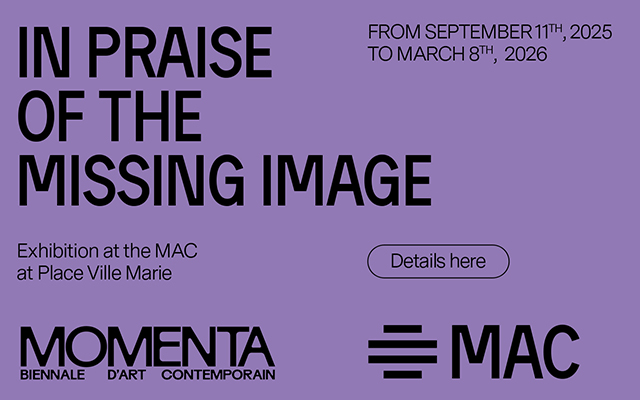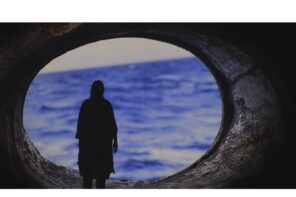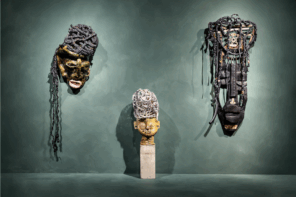In last year’s cyber-romance Her, Amy Adams plays a videogame developer who is making a documentary film in her spare time. When she screens a clip – showing her mother sleeping – her husband suggests she interview her mother about her dreams, and hire people to act them out. It’s this kind of dance between the literal and the metaphorical that was enacted in the recent Vienna-wide series of exhibitions, The Century of the Bed. Conceived by Princeton architecture professor Beatriz Colomina as a theme for the annual “curated by_vienna” series (now in its 6th iteration, since 2009), The Century of the Bed (October 2-November 8, 2014) saw international curators paired with twenty different contemporary galleries. Curators, and the artists they chose, included such international heavy-hitters as Abigail Solomon-Godeau, Liam Gillick, Luca Lo Pinto, Laura Owens, Francis Alÿs, and Cory Arcangel. However, with the exception of one show within the larger exhibition series) – titled Goodnight Mr. Procrustes, and curated by Peter Stasny at Galerie Steinek – there was no apparent formula connecting the excellence of exhibitions to how closely they related to the subjects of bed, sleep, and dreams. Rather, I’d say the fecundity of Colomina’s concept allowed both literal curating and fanciful avoidance to take place. And what the strongest art and curating suggested was that the meeting of practice and materiality with shifting historical contexts made for work that continually offered universal propositions (we all sleep) and particular instances (we all get up feeling differently).
I looked at galleries on two successive Thursdays, beginning in Vienna’s “first district,” a tourist-clotted warren of pissing carriage horses and haut-bourgeois luxury shops. Nonetheless, once in the in the gallery, the world outside ceased to exist. To begin at Charim Galerie, where Belgium-based curator Matteo Lucchetti’s Sleeping Producers bore one of the strongest theses. “How much do we unknowingly produce while we are sleeping?” he asked, inquiring into the sharing of data that is monetized without our consent. Stephen Willats’s Around the Network is both a film with quick cuts showing people on their mobiles, and a large collage of those images, combined with the anodyne or phatic phrases we use – “Who’s that?” “How are you?” “It’s me!” If cellular phone networks are agnostic about the content of our speech (until NSA picks up words like “bomb” or “AK-47”), those phrases pre-exist modern technology: we have always been banal. So too the sudden juxtaposition of public and private spaces (we talk loudly on our phones in public, invite the world into our private spaces with webcams) that characterizes Christoph Schäfer’s The City is our Factory drawings; here, slacker-style block lettering and compositions pulled from comics render, in one image, the private taking over the public.
Down the street at the Galerie Ernst Hilger, nine artists and collectives jostled for space. As Ljubljana-based curator Alenka Gregorič declared that “the bed is the place where the private and public, rest and action, merge into one,” this presented itself as more of a “first world problem” (as the Twitter hashtag will have it), but strong works still stood out. One of these is Vuk Ćosić’s Hand Job/Written by Hand (2009), a hand-drawn version of the character-encoding system, ASCII, and a reference to the 1972 porn film, Deep Throat. Ćosić’s work suggests a relation between sexual acts that have been filmed for public consumption and traditional beaux-arts skills, albeit a mere representation of rudimentary computer imagery. And just as the genre of pornography shifts, in this representation, to that of conceptual art, so too the historical moment of the consumption of Deep Throat has shifted from former “grindhouses” (which went into decline as city centers emptied out in the 1960s and ‘70s) to, first with video and now online porn, the bedroom (or at least the couch).
Also in Vienna’s city center, Los Angeles curator Philipp Kaiser quoted one of Rebecca Morris’s aphorisms from her 2004 Abstract MANIFESTO (“Campaign against the literal”) as he put together a show of paintings by Morris, Laura Owens, and Caitlin Lonegan. Owens’s five untitled paintings, six feet high and half that wide, almost blew the walls off the gallery. These works, commissioned for the exhibition (they use as their background menus and receipts from local shops and cafés), are much like her paintings exhibited last year in the Boyle Heights district in L.A. Here, they reference commercial art and graphic design (especially that of the 1980s, including Patrick Nagel’s album covers for Duran Duran; Owens’s nickname for one of her 2013 paintings is The Eighties Called, They Want their Painting Back), but also graffiti, skateboards, and especially web design (and our haptic gestures) via formal qualities of thickness, drop shadows, and layering. She presents an aesthetic owing less to the “zombie formalism” being discussed in recent weeks, as abstraction between two deaths: that of painting and that of computer art. Indeed, these are works of art in the age of digital reproduction.
Other art galleries in Vienna are clustered, especially on two streets just outside the Ringstrasse, and just south of the Burgring. This includes Georg Kargl Fine Arts, what I’m told is one of the city’s premier contemporary galleries. This is certainly the real find of the excursion, presenting of the finest bodies of work I’ve seen for some time, that of Swiss artist Heidi Bucher (1926-1993). Bucher worked by applying textile to surfaces, layering on latex, and then peeling the fabric back after it dried. One work, on the wall, Bed (1975), had a ghostly Rachel Whitehead look to it, with shallow rectangles of negative space where some flat pillows had once lain. A video shows Bucher and assistants working in various rooms, applying fabric to walls or floors, or peeling it back, an unveiling that reveals, in all the Heideggerian dimension of truth as Aletheia. The image of the bed is like an X-ray of itself, a stained sheet that confers a majestic dignity on the leaks and liquids our bodies leave behind.
In Real Life, curated by Kunsthalle Wien’s Luca Lo Pinto at Christine König Galerie, is based on the premise that looking at art in bed, on your laptop, is much more common than attending the actual space. So when you walk into the gallery space, you see the works (a Subway napkin mounted on canvas by Cory Arcangel, or a “cigarette hedgehog” in Styrofoam by Marlie Mul), or, rather, just an immense photograph of the art, a photograph taken in the exhibition space by Margherita Spiluttini. The gallery is a computer window that never needs to be refreshed. And if you walk around the back of the photograph, sitting in a corner, as if forgotten, are some of the actual art works, as though dismissed following their photo-shoot.
But there were some actual beds in Jeremy Shaw’s DMT, an 8-channel video at Kerstin Engholm. Each monitor shows someone (including the artist) tripping on the nominal drug, lying in a pristine bed. I’ve seen this work many times since it first showed in Vancouver in 2004, and it’s still very unsettling – you are caught between wanting to help the subjects and, maybe, wanting to try some DMT yourself. All of the stoners here are attractive, young, and mostly white: so this is drugs when it’s still fun, getting high when it’s a choice and not a fatalism.
Such a wake-up call also takes place in one of the strongest pieces in Julian Palacz’s Algorithmic search for love (2010/14), which offers the viewer a keyboard to choose search-terms in a database of movies. The exhibition at Galerie Hubert Winter, curated by Paris art-historian Abigail Solomon-Godeau, is called Sleepless Nights, and, indeed, how else do we cope with insomnia than by turning to our tablets or laptops, and searching? Some of the films don’t screen, adding a further (copyright infringement?) twist. It’s as if, to use our current cyber-vernacular, the computer has gone to sleep before we have.
While psychiatrist Peter Stastny compared his project to Procrustes’s bed (which he would cut off travelers’ feet to fit), Francis Alÿs’s slideshow displays people and dogs just sleeping wherever they liked (mostly on the street, in Mexico). As is typical of Alÿs’s flaneur-like projects, there is a twist: the shots were almost all as low and horizontal as the sleepers, suggesting that the photographer’s body was, however temporarily, in the same position as his subject. The artist is not quite in the same position as, say, Shaw has put himself, but given how Alÿs has enacted precarious gestures in the past (the various drugs he took on successive days in Copenhagen for Narcotourism, or his reenactment of being arrested for carrying a gun), I wouldn’t be surprised.
There was a similar analogy of form and material in another gallery on Eschenbachgasse, Krobath Wien, evinced in a very simple piece by the formidable Isa Genzken. Suggesting in its material jokiness Cameron Kerr’s marble highway dividers or An Te Liu’s ceramics cast out of Styrofoam, Genzken’s Weltempfänger (or world radio) is a flat concrete slab with two extended antennas. Not so much an ‘80s ghetto blaster as a post-apocalyptic child’s toy. It’s the kind of thing you might find in Cormac McCarthy’s dystopian novel The Road, where every time you fall asleep, you wonder if you’ll ever wake up.
Century of the Bed demands that we think about its overall structure: an annual festival that connects international curators with the city’s A-list commercial galleries. The curators took Colomina’s ideas and made them fit – or frame – the artists they chose so as to ground the abstractions of sleep and the bed in the concrete specifics of works of art. In his recent book 24/7, Jonathan Crary worries about how digital devices today erode our sleep, render us merely another application for ominous control systems. Century of the Bed suggests something rather less paranoid: that in our dreams, our sleep, and our tangled sheets, we are imagining a different, and perhaps better, world.

